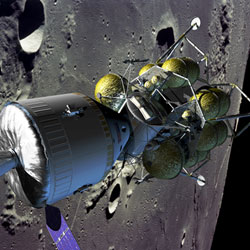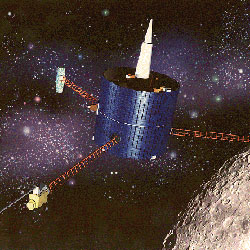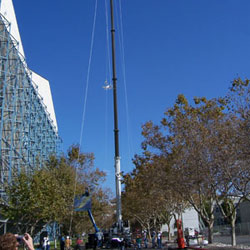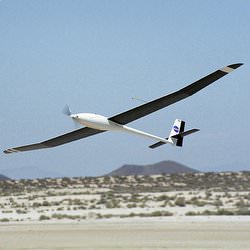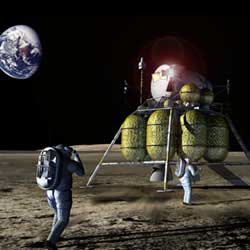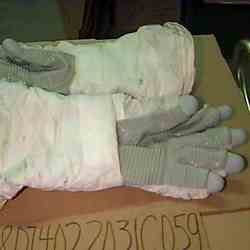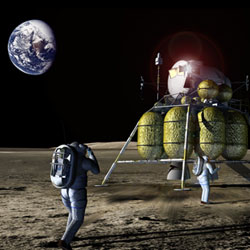
Artist impression of astronauts returning to the Moon. Image credit: NASA. Click to enlarge.
President Bush suggested that this approach would be both ambitious and reasonable:
Achieving these goals requires a long-term commitment. NASA’s current five-year budget is $86 billion. Most of the funding we need for the new endeavors will come from reallocating $11 billion within that budget. We need some new resources, however. I will call upon Congress to increase NASA’s budget by roughly a billion dollars, spread out over the next five years. This increase, along with refocusing of our space agency, is a solid beginning to meet the challenges and the goals we set today. It’s only a beginning. Future funding decisions will be guided by the progress we make in achieving our goals.
NASA’s new administrator, Michael Griffin further noted in a speech in September 2005 that “not one thin dime” would be directed away from NASA science programs.
As reasonable and optimistic as this statement was, reality has caught up with NASA. And science was the victim.
The White House released President Bush’s new NASA budget proposal for 2007 on February 6. Overall, the budget allocates $16.8 billion for NASA; a 3.2% rise over 2006’s budget.
Specifically, the budget proposes:
- $6.2 billion for the shuttle and space station
- $5.3 billion for science
- $4.0 billion for the new exploration systems
While NASA’s overall budget increases 3.2%, science will only go up by 1.5%, and future budget increases are expected to go up just 1.0% a year through 2011. Factored against inflation, this is essentially a budget decrease. New Scientist gives a good breakdown.
NASA Administrator Michael Griffin dropped the hammer on February 8, explaining what impact this new budget would have on the agency, specifically for its various science programs.
- Funding for Astrobiology will be cut to 50% of its 2005 levels.
- Europa mission that would search for life under the moon’s icy surface… cancelled.
- The Terrestrial Planet Finder – an observatory capable of seeing Earth-sized planets around other stars, and even signs of life… cancelled.
- The Space Interferometry Mission… delayed.
- Two scout missions to Mars… cancelled.
- Dawn mission to explore two asteroids… cancelled.
Ouch. The Terrestrial Planet Finder could make one of the most important discoveries in all of human history; that there’s life on other planets. Please, Mike, anything but that.
The response in the space community was immediate, and ferocious. With good reason. So much good science is being chopped away from NASA.
What’s insane about this whole situation is that NASA should even be forced to choose. If I were in Mike Griffin’s shoes, I’d probably make many of the same decisions. What other decision can he make? The President and Congress have essentially said, “keep flying the shuttle to build the International Space Station, put humans back on the Moon, and figure out how to pay for it.” Science is all that’s left to cut from. If the new exploration vehicle goes over budget, science will have to pay for that too.
Flying the shuttle isn’t about rocket fuel, it’s about the standing army of thousands of employees who work across the United States. These people do important, complicated and specialized work on the shuttle, and you can’t just wish them away with a magic wand. NASA exists in the real world, with all the political considerations that go along with it. People work for NASA, and they’re voters, and they can apply pressure back on Congress, who ultimately approves the budget. The shuttle program has momentum, and nobody can make this process turn on a dime.
The human exploration of space is one of the greatest endeavours we can embark on. The whole point of space exploration is to learn how to get humans into space. At some point that requires putting human beings into rocket ships, blasting them into space, and figuring out what it takes to survive outside of the Earth. You have to keep doing that until humans don’t need to come back, and humanity becomes a true spacefaring civilization.
NASA shouldn’t be forced to choose between science and exploration. Why not pick up all of NASA’s science related activities and put them under the umbrella of the National Science Foundation? They’re slated to receive $5.8 billion for FY2007.
I would still be uncomfortable to have to choose between particle accelerators, genetic research and Martian rovers, but it’s probably a much more appropriate choice to have to make.
Written by Fraser Cain

